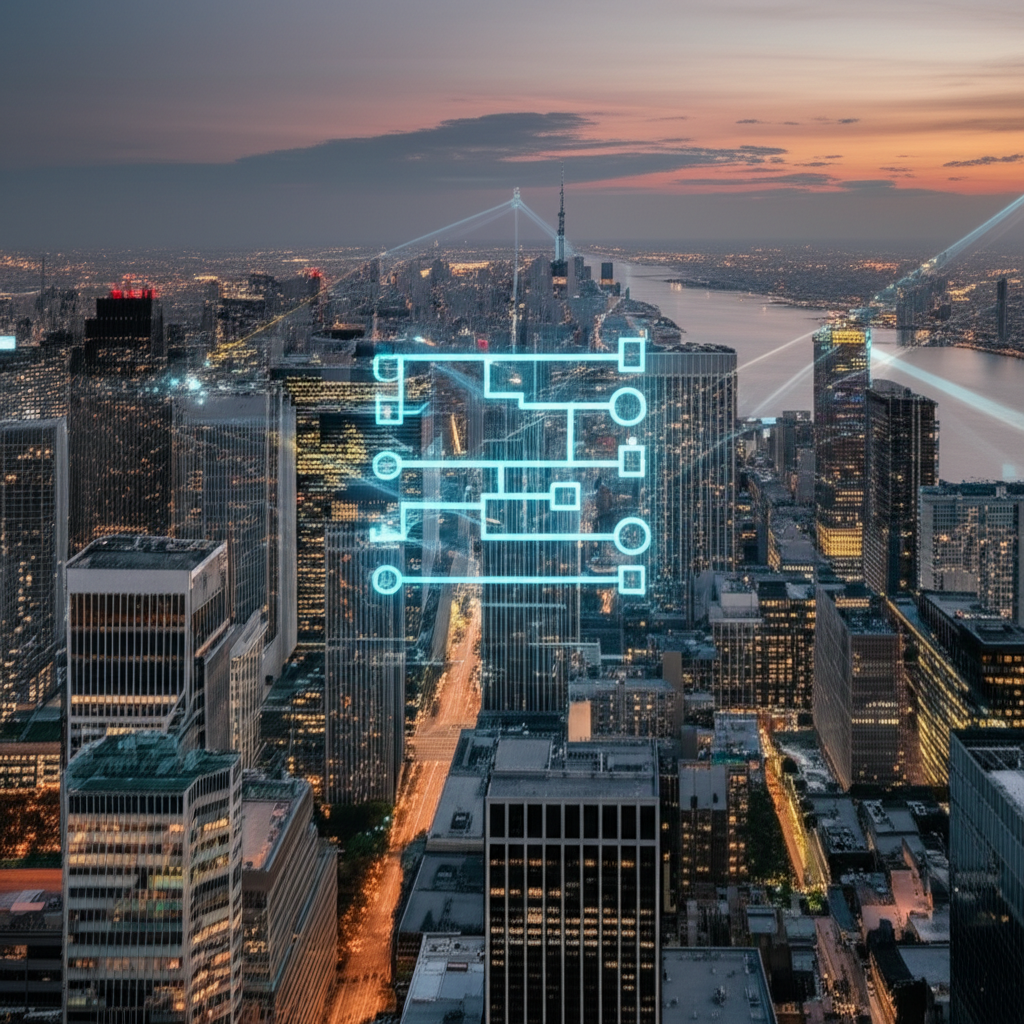The Digital Transformation of Traditional Finance as Institutions Unlock New Efficiencies and Liquidity Through Distributed Ledger Technology
The landscape of global finance is undergoing a profound transformation, with blockchain technology emerging as a pivotal force. Recent movements from leading financial institutions indicate a significant acceleration in the adoption of tokenized assets, signaling a new era where traditional financial instruments are reimagined on distributed ledgers. This shift promises unprecedented efficiencies, enhanced liquidity, and greater transparency for markets worldwide.
The Rise of Real-World Asset Tokenization
Real-world assets (RWAs) encompass tangible and intangible assets, from real estate and art to private credit and intellectual property. Tokenization is the process of converting these rights into a digital token on a blockchain. This innovation allows for fractional ownership, significantly lowering the barrier to entry for investors and enabling greater liquidity in previously illiquid markets. Early proofs-of-concept and pilot programs have demonstrated the potential for drastically reduced settlement times, simplified compliance, and enhanced transparency compared to traditional asset management.
Institutional Imperatives Driving Adoption
Wall Street banks, major asset managers, and investment firms are no longer just observing; they are actively engaging with blockchain for RWA tokenization. Their interest is primarily driven by the imperative to cut operational costs, improve risk management through immutable records, and explore new revenue streams from a broader investor base. Specific assets like government bonds, private equity, and structured products are becoming prime candidates for tokenization, as institutions seek to leverage distributed ledger technology for efficiency gains across their vast portfolios.
Technological Underpinnings and Blockchain Choices
The institutional foray into tokenized assets often leans towards permissioned blockchains, which offer controlled access and higher transaction throughput, meeting stringent regulatory and security requirements. Smart contracts are foundational, automating crucial processes such as dividend distribution, voting rights, and compliance checks, thereby reducing manual errors and operational overhead. Addressing scalability and interoperability remain key challenges, with ongoing developments focusing on solutions that allow different blockchain networks to communicate seamlessly, crucial for a truly integrated global financial system.
Regulatory Sands and the Path to Clarity
The pace of institutional adoption is closely tied to the evolution of regulatory frameworks. Jurisdictions globally are grappling with how to classify and oversee tokenized assets within existing financial laws. While some regions, like the EU with MiCA (Markets in Crypto-Assets Regulation), are providing clearer guidelines, others are still in early stages of deliberation. The establishment of legal clarity and regulatory consistency is paramount for mainstream adoption, as it builds confidence and reduces uncertainty for traditional financial players entering this nascent space.
The Future Landscape: Reshaping Global Finance
The momentum behind tokenized real-world assets suggests a future where financial markets are fundamentally reshaped. Predictions indicate a multi-trillion-dollar market in the coming years, unlocking unprecedented liquidity and access. This paradigm shift could lead to the creation of novel financial products, democratize investment opportunities previously reserved for institutional investors, and foster a more efficient, interconnected, and transparent global financial ecosystem. The long-term vision involves a seamless integration of traditional and digital finance, built on the secure and verifiable rails of blockchain technology.
Conclusion
The institutional embrace of tokenized real-world assets marks a significant milestone in the evolution of blockchain and Web3. As traditional finance continues to converge with distributed ledger technology, the promise of more efficient, transparent, and accessible financial markets moves closer to reality. While challenges remain in regulatory clarity and technological integration, the momentum generated by global financial players suggests that tokenized assets will play a central role in shaping the financial landscape of tomorrow, unlocking vast new possibilities for investors and markets alike.

